How Cactus Leather Is Piercing The Fashion Industry
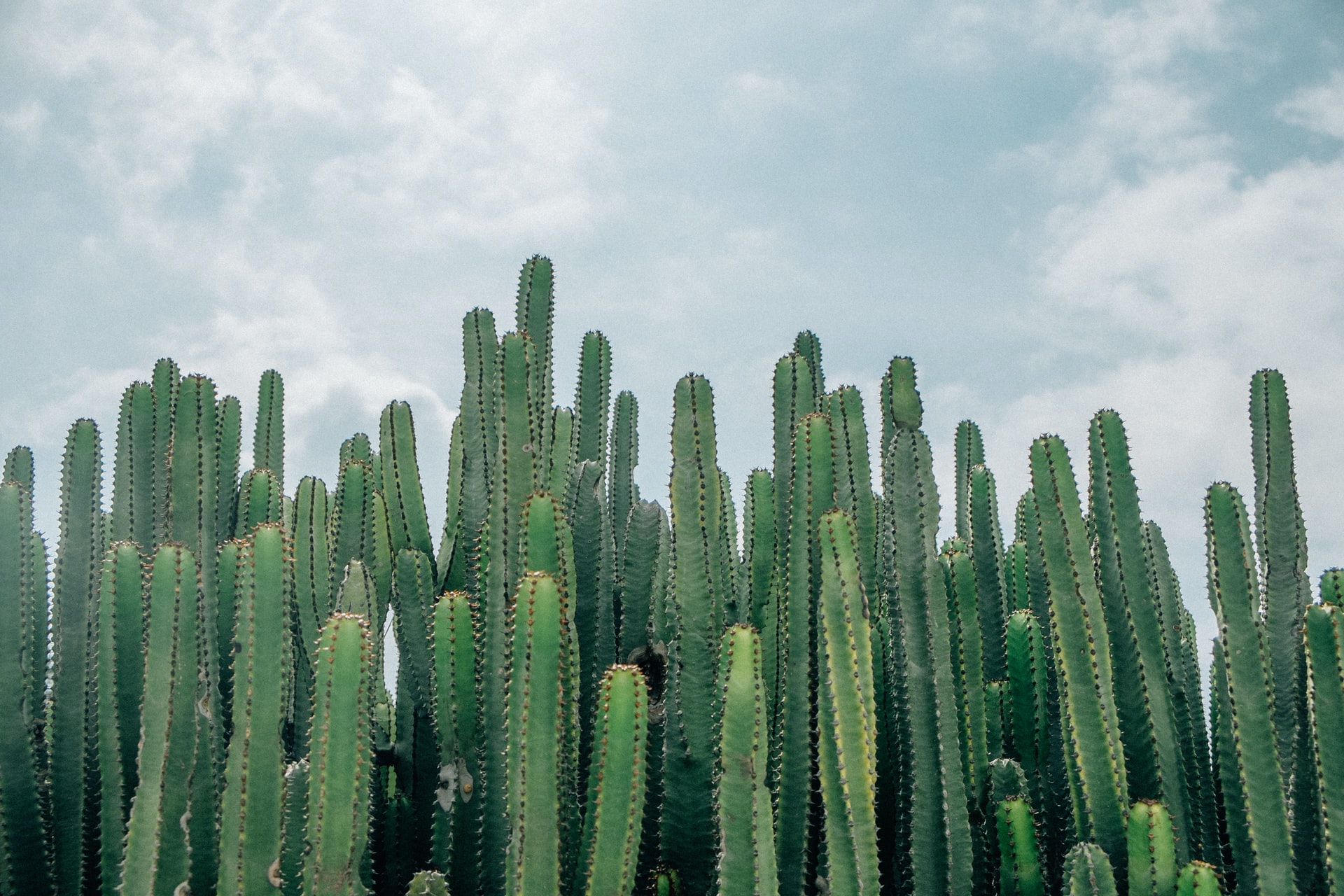
What do cacti and cows have in common? At first glance, very little — but believe it or not, both of these things are used to make different types of leather.
In 2019, two entrepreneurs in Mexico pioneered the process of turning cacti into an animal-free alternative to leather. Adrián López Velarde and Marte Cázarez came up with this idea in their home country of Mexico, but they’ve since brought their trademarked Desserto® cactus leather all over the world, including to Milan Fashion Week in 2019. Shortly after Desserto®’s debut, it won the esteemed VII International Green Product Award in Munich, Germany — out of almost 2,000 nominated sustainable products.
Adrián and Marte were motivated (and disgusted) by the waste & pollution associated with the fashion industry: The industry creates around 100 million tons of waste annually, and leather production contributes greatly to this number. The raising of cattle for leather produces large amounts of greenhouse gases, and many steps of the leather production process involve toxic chemicals that end up in our water sources & soil. Together, Adrián & Marte invented a vegan alternative to leather that avoids these critical issues, but still maintains the luxurious qualities of the “real thing”.
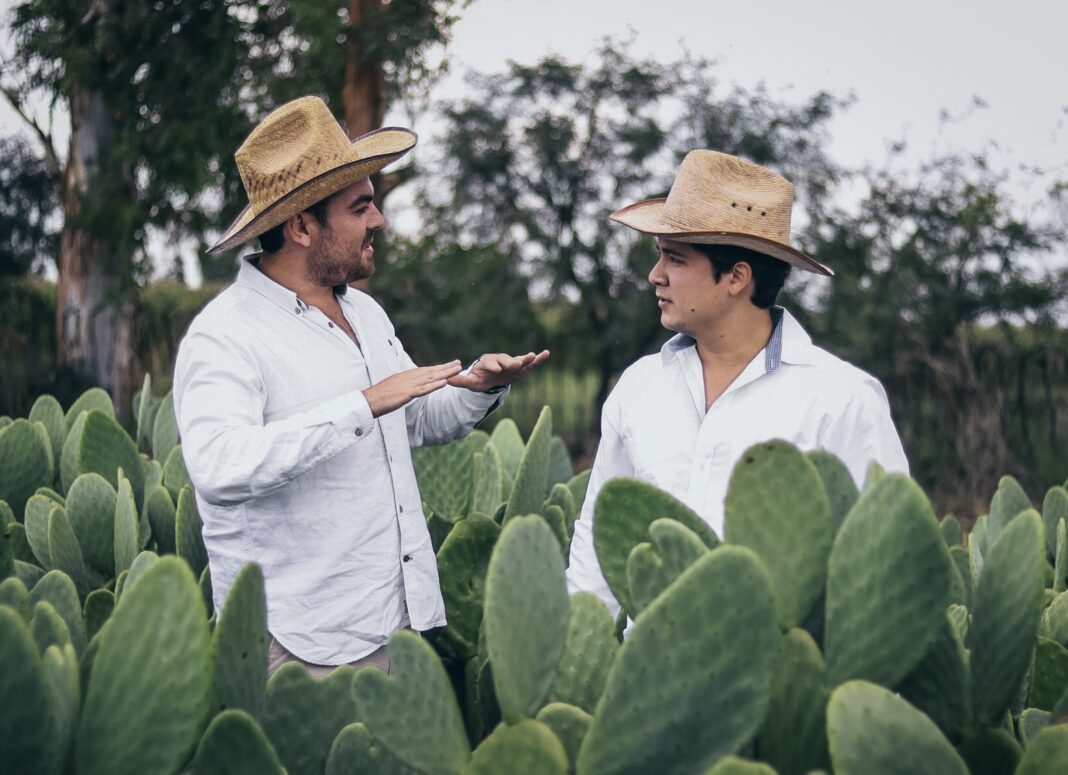
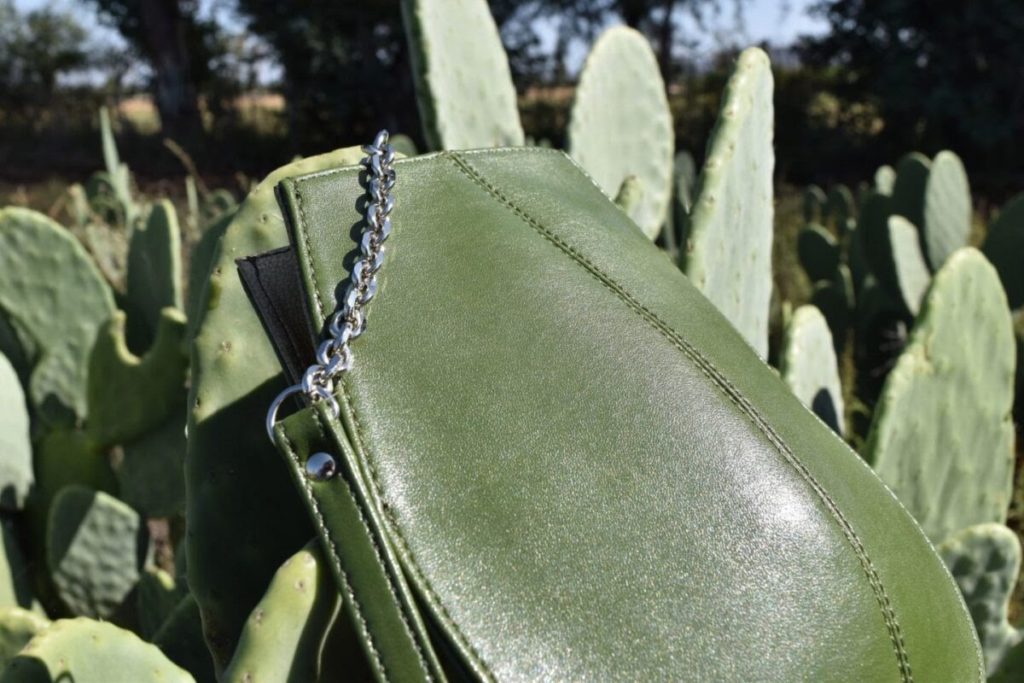
The Benefits of Cactus Leather
Cactus leather eliminates the animal element from the material, meaning that anyone can wear it guilt-free. Not using or abusing any animals also eliminates a ton of waste and pollution: The process of turning animal hide into toughened leather is largely water-dependent. This coupled with the use of harsh chemicals produces an estimated 145 billion gallons of wastewater every year!
These are some of the many reasons why cactus makes an exceptionally eco-friendly alternative to animal leather:
- It doesn’t need tons of water. Well, duh. In fact, cacti survive off of rainwater alone! Since excessive water usage is one of the biggest issues with traditional leather production, this makes the cactus a significantly more sustainable alternative.
- It produces its own natural pesticides & herbicides. No nasty chemicals here. This keeps the soil healthy and avoids pollution.
- It’s naturally abundant. Nopal cactus is one of the most common naturally-occurring plants in Mexico. There’s plenty to go around, without affecting the plant’s natural ecosystem. Plus, one plant can live for over 20 years!
- It’s a regenerative plant. Desserto® co-founder Marte Cázarez says that harvesting pieces of cactus is “like giving a haircut”: The cactus heals itself and then starts growing again from the same spot!
Other Animal-Free Alternatives
Cactus leather is highly sought-after in the fashion industry today, because it is uniquely lightweight and flexible — perfect for creating a wide array of garments & accessories. But cactus leather isn’t the only animal-free alternative in the game.
Piñatex® pineapple leather is made from pineapple leaves, which are normally discarded during the pineapple harvesting process. This material is very environmentally sustainable, because it turns agricultural waste into a new material; but it is also incredibly socially sustainable. Local farmers in countries like the Philippines now have a new source of income, just from harvesting pineapple leaves which they would otherwise leave to rot in their fields.
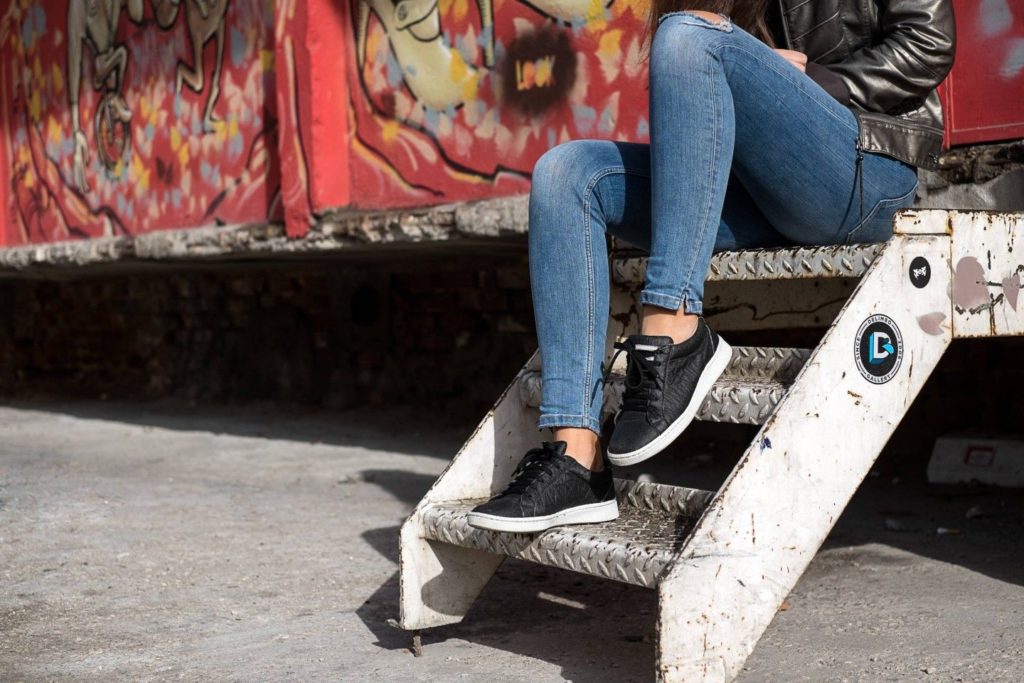
Mylo™ mushroom leather is made from mycelium, the root-like structure that allows fungi to decompose organic matter. It requires minimal materials to grow the durable mycelium, and the process also produces minimal waste. Scientists have learned to manipulate mycelium to grow in specific patterns & shapes, and experts are now using this magic material to make plant-based meats, an alternative to Styrofoam, and even parts for artificial organs!
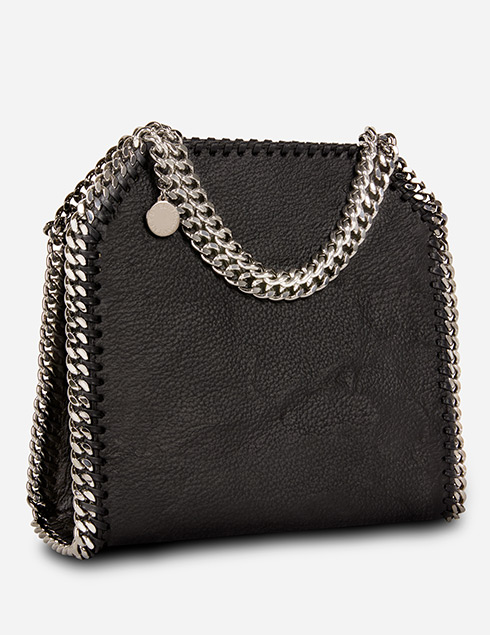
Lab grown leather (like Mylo™) may be the future of fashion. Fashion experts have been looking for viable alternatives to leather for years, but until recently, the only options were synthetic leathers made from plastic & fossil fuels — which some people argue are just as bad for the environment as “real” leather. Now, we have the technology to create “leather” products from natural sources, while eliminating huge amounts of unnecessary waste.
These plant-based leathers aren’t just changing the face of the fashion industry. Many automobile manufacturers today have switched to vegan leather for their interiors; and some are testing out mushroom leather, because of its exceptional durability. Desserto® cactus leather is being marketed for home furniture, because it is especially resistant to rubbing/scratching. Essentially, animal-free leather can replace “real” leather in any product imaginable — so keep your eyes peeled, because these multi-use materials are only becoming more popular.
An Expert Opinion
I recently interviewed Kym Canter, founder of the brand House of Fluff, who recently launched a collection of jackets made from cactus leather. As the founder of an environmentally conscious luxury brand, Kym is always searching for materials of high quality, but with a low environmental impact. She explains: “We want to save the world, but we want you to look good…and we want the product to be something that stands up regardless”.
During our conversation — you can find the full interview here — Kym told me that she chose cactus leather for her collection because it has an expensive look & feel, with almost zero cost to the planet. She says that out of the several sustainable materials she’s investigated over the past few years, none of them “…really have the breadth that works for a garment” like cactus leather. The unique qualities of cactus leather make it the perfect choice for many fashion products: It’s naturally water-repellent, resistant to scratching, and it responds well to humidity. As Kym points out, these features actually make cactus leather products more low-maintenance than ones made of “real” leather; and they’ll generally last longer too.

Cactus leather’s versatility makes it a popular and more sustainable choice for many different brands, both big and small. So, would you add cactus to your closet? Check out this list of brands using the prickly plant in their products — and you can even find a few in the new Planet Home marketplace.


Leave a Reply